15:35, 11/22/2023
BHG - Ha Giang Sanh oranges have been granted Geographical Indication by the Ministry of Science and Technology. However, the development of orange trees has also had many ups and downs due to lack of attention, care, and pest and disease control, causing the orange acreage to decrease sharply. This poses an urgent need to pay attention to the care and pest and disease control for sustainable development of orange trees.
According to the report of the Department of Agriculture and Rural Development, the total orange area in the 2023-2024 crop year reached 5,824 hectares (the area of Sanh oranges is over 3,785 hectares; Vang oranges is 2,039 hectares). Of which, the area for products is 5,080 hectares, the yield is nearly 130/ha, the output is over 66,000 tons. From 2021 to now, 3,232.5 hectares of oranges of 3,657 households have been degraded due to yellow leaves and root rot. Of which, 1,074.8 hectares of oranges are unable to recover; 1,259.5 hectares are degraded at level II, nearly 900 hectares are degraded at level I.
In the period 2019 - 2022, in the province, there were 47 establishments/3,516.85 hectares of Sanh oranges that were granted production certificates according to VietGAP standards. However, by the end of 2022, the certificates had expired; currently, only 6 establishments/266.8 hectares of oranges have re-certified for VietGAP. Of which, Bac Quang has 3 establishments/186.8 hectares; Quang Binh has 3 establishments/80 hectares. This shows that this is an alarming situation for the development of orange trees in the province.
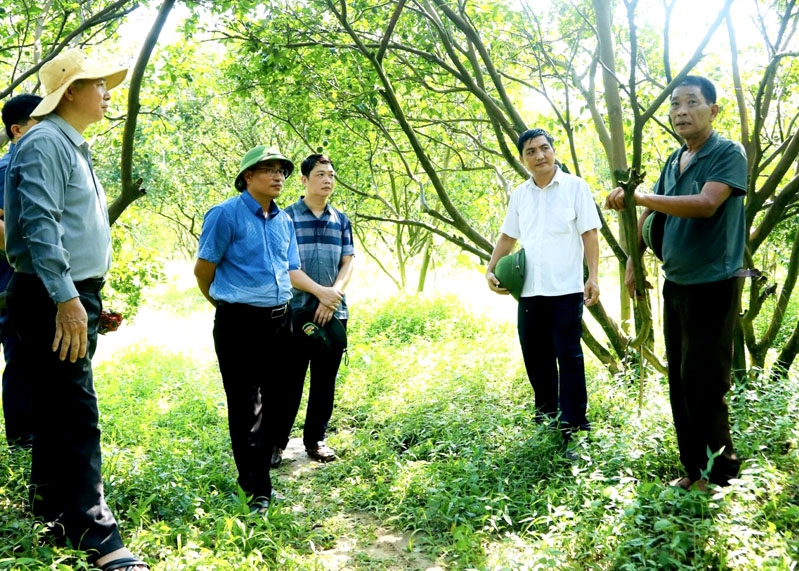 |
| Leaders of the provincial Department of Cultivation and Plant Protection and experts inspected an orange garden with yellow leaves and rotten roots in Bac Quang district. |
Faced with the above situation, the Department of Agriculture and Rural Development and citrus experts under the Ministry of Agriculture and Rural Development have assessed, identified the causes and proposed solutions to limit the decline in the area of oranges in Ha Giang. Accordingly, the main cause leading to the above situation is determined to be largely due to the lack of attention, care or improper care by orange growers. Therefore, it is necessary to identify and properly implement care processes, prevent some common pests and diseases that adversely affect the development and productivity of orange trees such as: Greening disease (yellow leaf vein greening), Tristeza (blight disease), yellow leaf root rot and Citrus hopper (Diaphorina citri).
According to experts, it is necessary to implement synchronous fundamental solutions such as renovating the land, adjusting the investment level, not overusing inorganic fertilizers, chemical pesticides, herbicides and using disease-free seeds. Therefore, the Department of Agriculture and Rural Development has coordinated with the Fruit and Vegetable Research Institute to issue a Technical Guide (temporary) to overcome the phenomenon of yellow leaves and root rot on Ha Giang orange trees. Thanks to that, it is estimated that up to now, about 700 hectares of oranges have been restored.
According to the guidance of the industry, yellow leaf and root rot disease, the symptoms when the disease first appears, the leaves are still normal but the leaf veins are pale yellow, the leaf blade turns yellow, the leaves fall off. The quality of the fruit is poor and falls off early. Severe disease can kill the whole tree; the direction of the diseased branch is often the direction the roots rot. When the disease is severe, all the roots rot black and the tree dies.
For Greening disease, the leaves are yellow, the veins are still green, the veins are prominent, the leaf blade is narrow, the distance between the leaves is shortened. On old leaves: The leaves are thick and rough, the veins are protruding and rough and have a dark brown color, the roots are rotten, especially the fibrous roots; flowers often bloom out of season, few flowers and fall a lot; the fruits are few and smaller than normal, deformed, when cut lengthwise the center of the fruit is completely deviated to one side, the seeds in the fruit are often rotten, brown in color.
Tristeza disease causes internal veins or slight concavity on the trunk, causing yellowing and dwarfing, reducing yield and fruit size, brittle and easily broken branches, yellowing of the fruit from the bottom to the stem and causing massive fruit drop. The disease usually occurs in the dry season but only shows very severe symptoms in the rainy season.
All three diseases have the same prevention measures: Use disease-free seeds; do not use seedlings from infected gardens as seeds. Planting and care methods include treating planting holes with lime powder and fertilizing with organic fertilizers and biological products before planting; creating canopy and pruning branches to keep the garden airy; regularly visiting the garden to promptly detect diseased trees; destroying severely diseased trees that cannot recover and then treating them with lime powder or biological products; areas where citrus trees are severely diseased should rotate with other crops for 2-3 years; use traps to kill disease-carrying insects or release weaver ants (Oecophylla smaragdina) in the garden to limit the number of leafhoppers and aphids that are disease vectors.
Prevention and control measures: Prune branches to create an airy frame with low humidity; fertilize in balance, water properly, control the tree to produce concentrated shoots to limit the growth and damage of the Citrus Planthopper; remove and destroy trees infected with Greening disease to reduce the spread of the disease to healthy trees; release weaver ants in the garden; use traps to destroy them; use mineral oil to spray when the tree sprouts new shoots; use pesticides...
The leader of the Department of Cultivation and Plant Protection said: Orange trees are the province's main commodity crop, receiving special attention from Party committees and authorities at all levels. The Provincial Party Committee has issued Resolution No. 05 on sustainable development of Sanh orange trees. The province's annual orange production value is about 500 billion VND. This is not only a tree that helps people get rich but also a brand tree of the province. Therefore, in order for orange trees to continue to develop sustainably, it is necessary to have the attention and participation of all levels, sectors, especially orange growers in implementing measures to prevent and control pests and diseases.
Article and photos: Luong Ha
Source


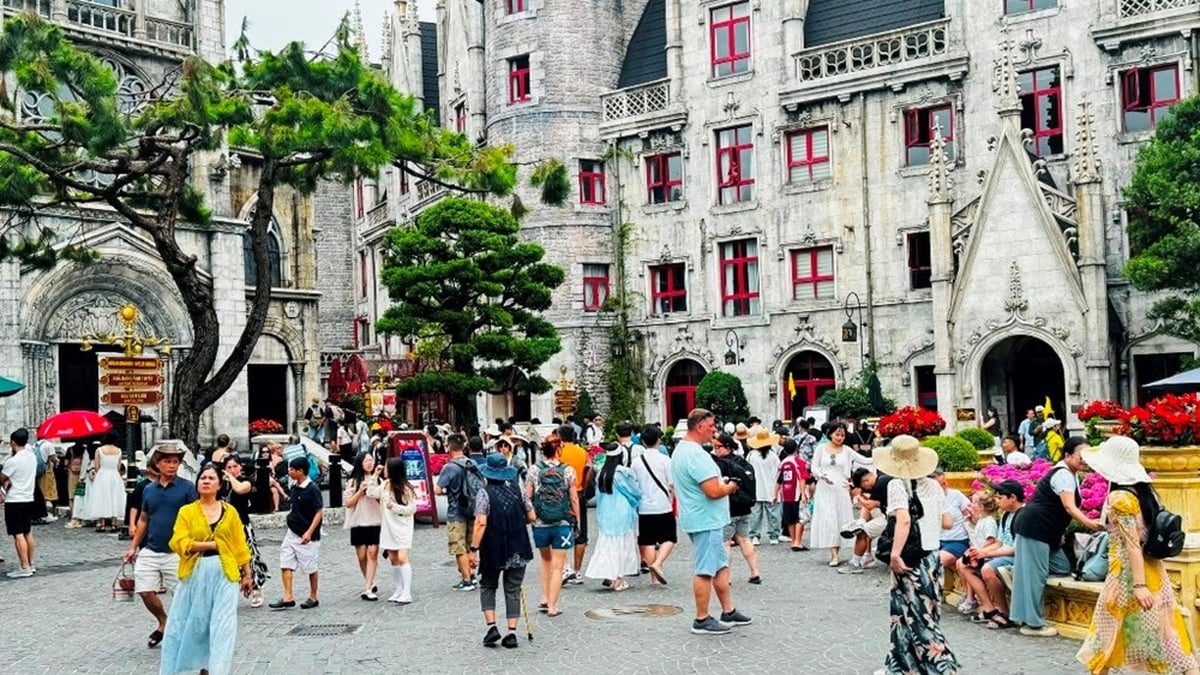

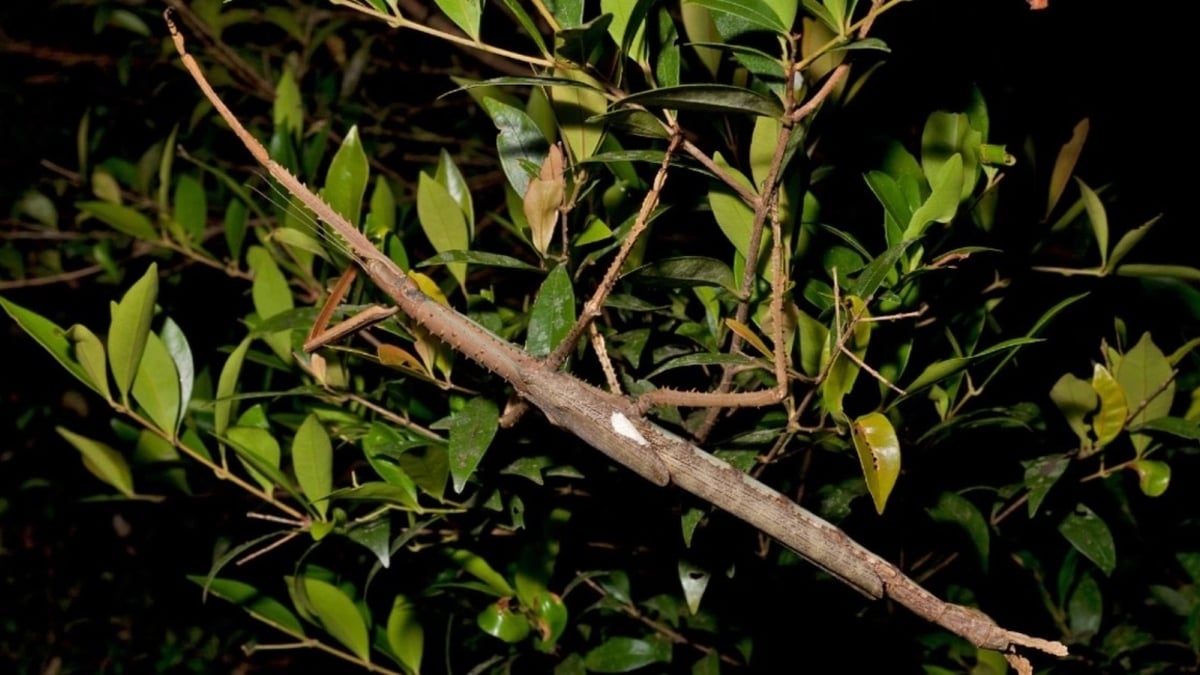
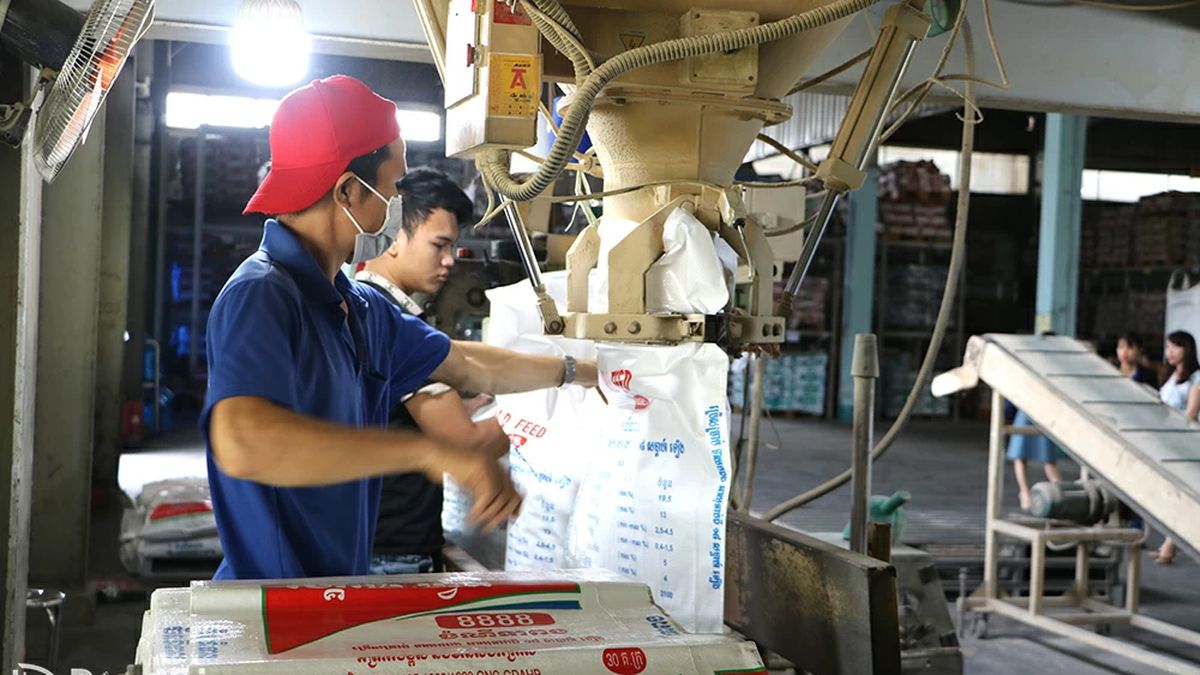

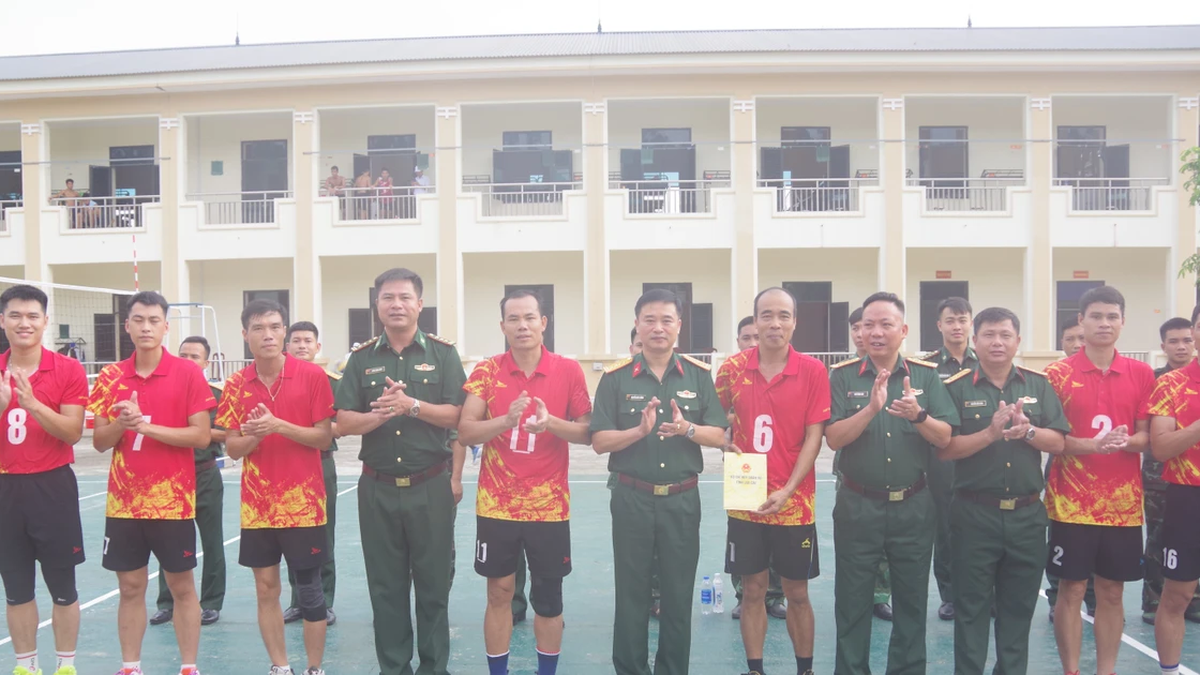

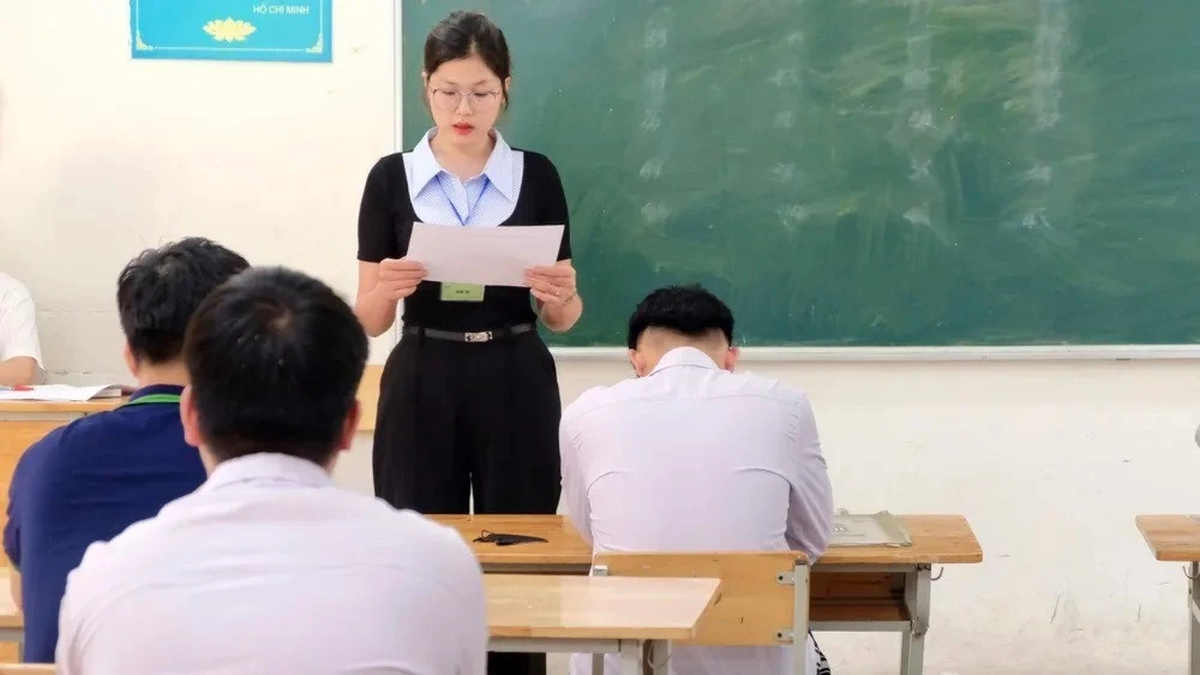
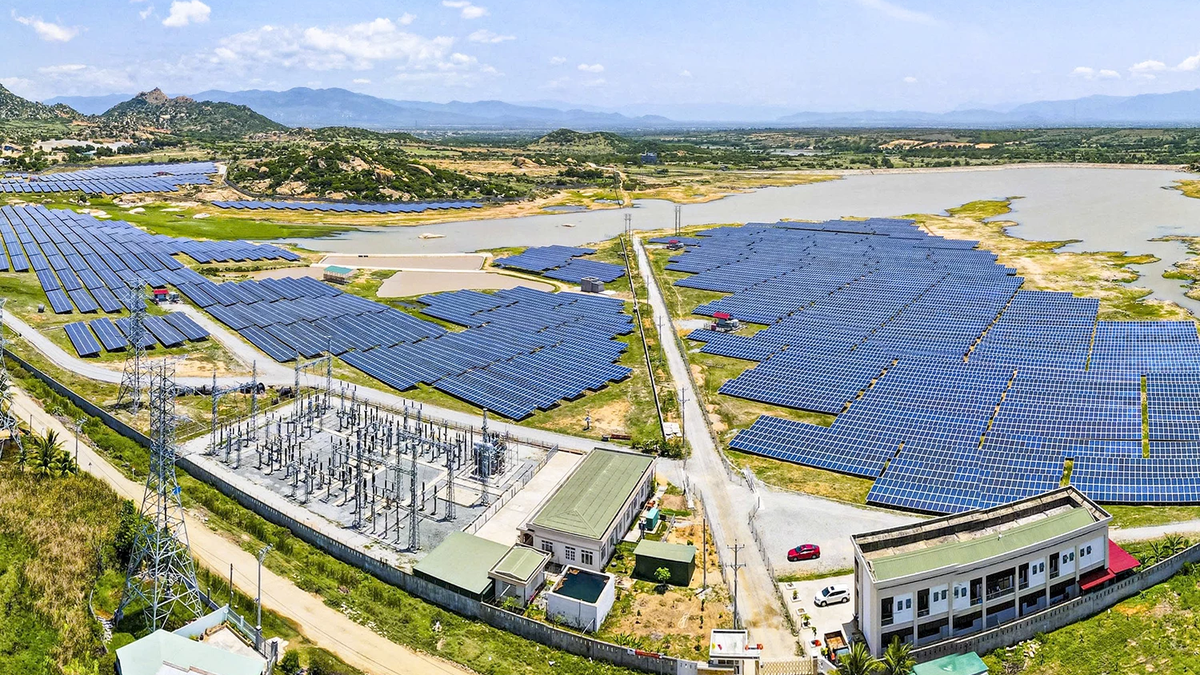
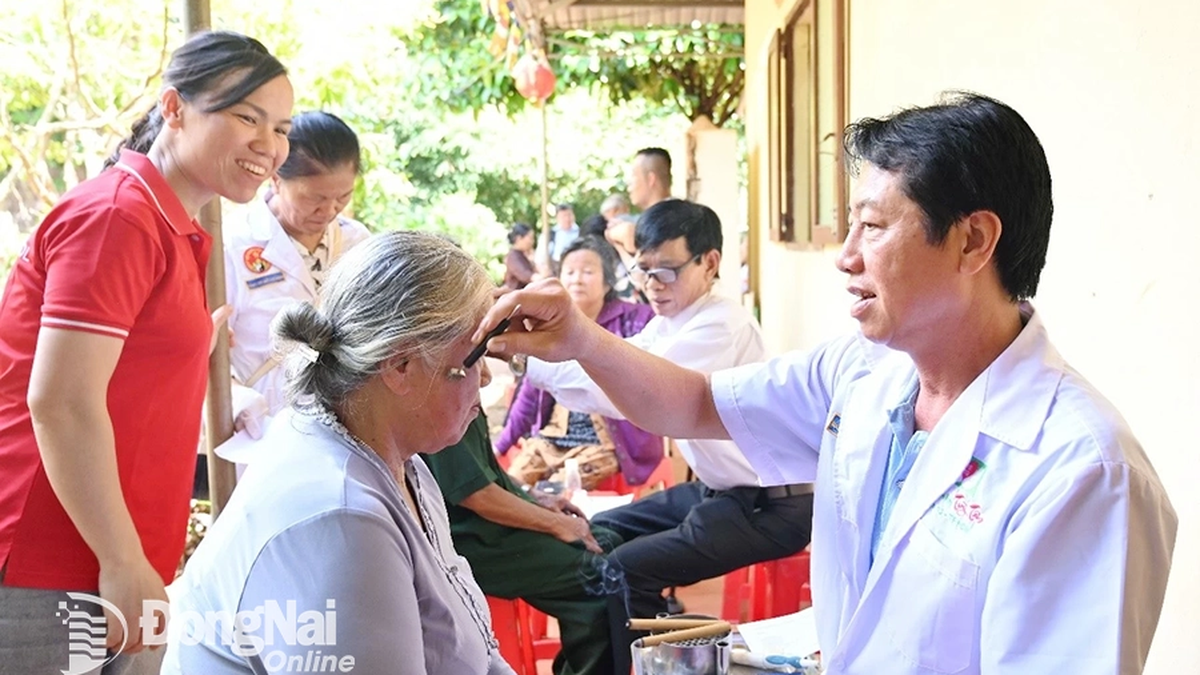











![[Photo] Nghe An: Provincial Road 543D seriously eroded due to floods](https://vphoto.vietnam.vn/thumb/1200x675/vietnam/resource/IMAGE/2025/8/5/5759d3837c26428799f6d929fa274493)




































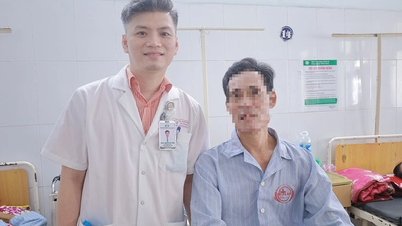
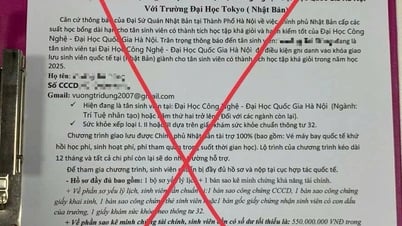




































Comment (0)